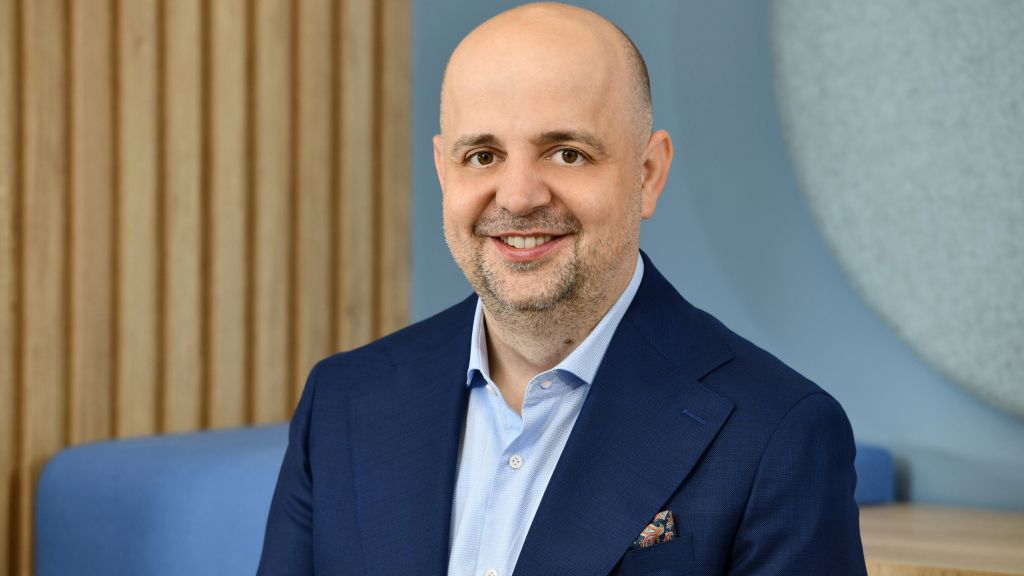Is this the sign of a re-launching of the insurance industry? In spite of the uncertainties and the volatility which are the current features of the economic environment in the European Union and not only?
A study concerning the perspectives of the European insurance market published this January by Ernst & Young indicates 2012 to be the year of strategic decisions in an economic environment dominated by stagnation and even recession.
What have these three years of decline meant to the insurance industry? First of all, losses, especially for the companies providing general insurance, but also a trend of market consolidation, materialized in the three mergers that have rearranged the classifications in the Romanian specialized market.
The first important merger during this period took place in 2009 between Asiban and BT Asigurari – recently purchased by the French from Groupama. The French company has chosen to renounce to the two well-known local brands and to promote its own brand, unknown on the Romanian market until that time. The purchase of Asiban was a top transaction in 2008, having a value of above Euro 350 million. Even though, at that time, the effects of the crisis were not yet felt, we can say that Groupama had a vision and they moved fast towards integration and, by doing so, towards making potential synergies, especially in the cost area, but not only there. The French strategy seems to have worked, Groupama Asigurari ranking fourth in the general classification of insurance companies according to the gross premiums subscribed in 2011.
2010 was quiet from the merger and acquisition perspective, the only remarkable event being the entry of another French company on the Romanian market – AXA – by purchasing Omniasig Life, a small-sized insurer exclusively on the life insurance market. The transaction value was much lower this time - approx. Euro 5 million.
However, 2011 was fruitful from the perspective of the mergers between insurance companies belonging to the same international group and being present on the Romanian market, with two announced mergers - one between Ardaf and Generali, both belonging to the Italian group Generali, which was closed in October 2011 and one between the two general insurance companies held by the Austrian group Vienna Insurance Group - BCR Asigurari and Omniasig, concluded at the end of April 2012.
What is the catalyst causing these international groups to regroup on the local markets and rethink and rationalize the "corporate” structure? The reasons must be searched, first of all, in the current economic situation. We refer here to the extended recession, combined with the worsening of the capitalization requirements (and not only), caused by the implementation of the Solvency II regulations.
The international groups which, until recently, were present on the local market with three or four companies having more or less similar strategies and objectives, have reanalyzed their position and strategic choices and reached the conclusion that cost cuttings, as well as the capitalization requirements that could result from merging the activity into a single legal entity, are not at all negligible.
Strictly from the legal perspective such a merger is neutral and its impact on the market is not considered to be an economic concentration, but merely group reorganization. However, from a competitive point of view, the resulting company is usually better placed on the market than the ones it derives from, and this not only as a result of elementary arithmetic 1+1=2, but also from making the synergies between the merged companies happen.
From the perspective of mergers and acquisitions in the insurance sector, 2012 started with the announcement of the MetLife takeover of the operations of Aviva Romania, Czech Republic and Hungary (the total value of the amount USD 75.3 million or about Euro 57 million at the exchange rate valid on the date of transaction announcement), which was the first transaction of this kind between life insurance companies on the Romanian market. The transaction was closed at the end of August and the next logical expected move is the group structure rationalization and the merger between the two entities.
Another but less important transaction on the market of general insurance was announced in March – the takeover of the majority stock (98.57%) of ABC Asigurari by the businessman Nelu Iordache for Euro 6.7 million.
The Germans from Gothaer also entered the Romanian market by purchasing the majority stock (67%) in another small-sized general insurance company – Platinum Asigurari – Reasigurari (one of the main charter members of the Insurance Pool Against Natural Disasters [PAID] with a 15% shareholding - the maximum legal threshold). The transaction was also finalized in March 2012. These transactions prove there is an appetite for acquisitions on the Romanian market and also available funding, but we consider it to be rather premature to speak about a trend in this regard. At least two of the insurance companies on the Romanian market – Alico (MeLife) and AXA – have publicly stated their interest for growth by way of acquisitions, to the extent the market provides interesting opportunities. According to a past statement, Allianz does not exclude acquisitions as an instrument for portfolio extension on the Romanian market, either. However, the fact that the performance of other transactions in the period to come depends greatly also on the existence of quality assets/target companies on the market must be mentioned.
Such a target company is ING Asigurari de Viata – the company ranking first in the classification of Romanian life insurers – given the Dutch financial group has recently confirmed they intended to sell the insurance divisions in Europe, North America and Asia, as a part of the restructuring process agreed with the Dutch State.
The insurance companies with Greek majority shareholding are also potential targets for mergers and acquisitions on the background of the problems currently faced by the Greek State, which are obviously impacting on the financial institutions in this area and not only on them. If there are interested investors, the shareholders of these companies could become very motivated in selling their interests in the companies held in Romania in order to generate cash.
These recent developments aim at confirming the conclusions of another Ernst & Young study Global Capital Confidence Barometer - 5th edition. They foresee a paradigm change, namely, the mergers and acquisitions coexisting with volatility in the economic and financial environment, because the large players have learned to run their businesses under volatility conditions and have developed their ability and ambition to perform strategic transactions in the current circumstances.




























